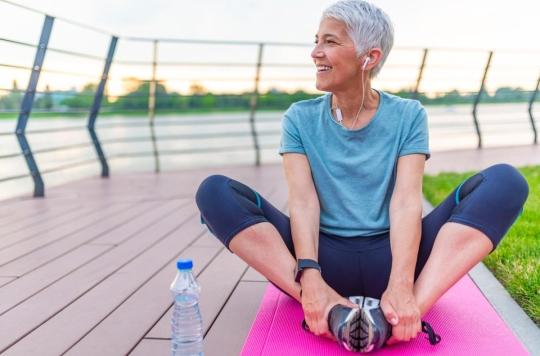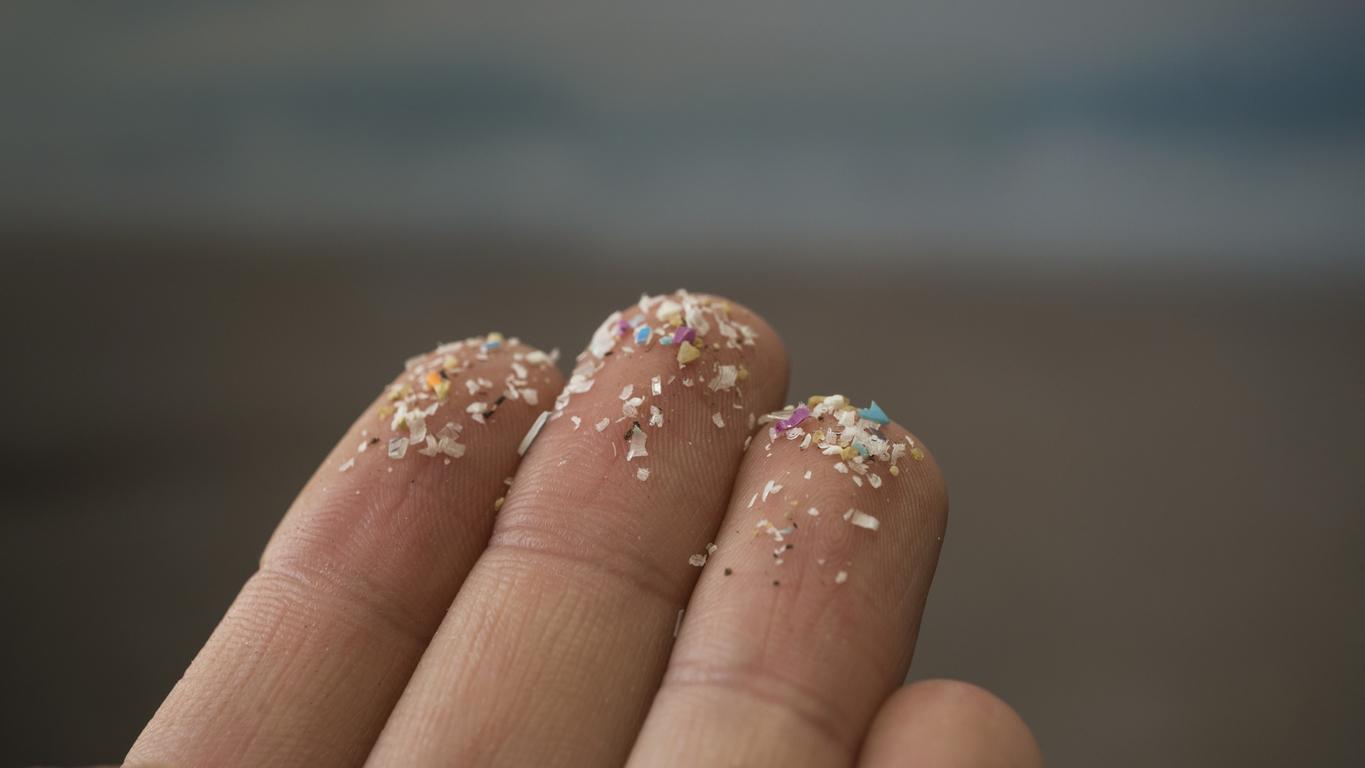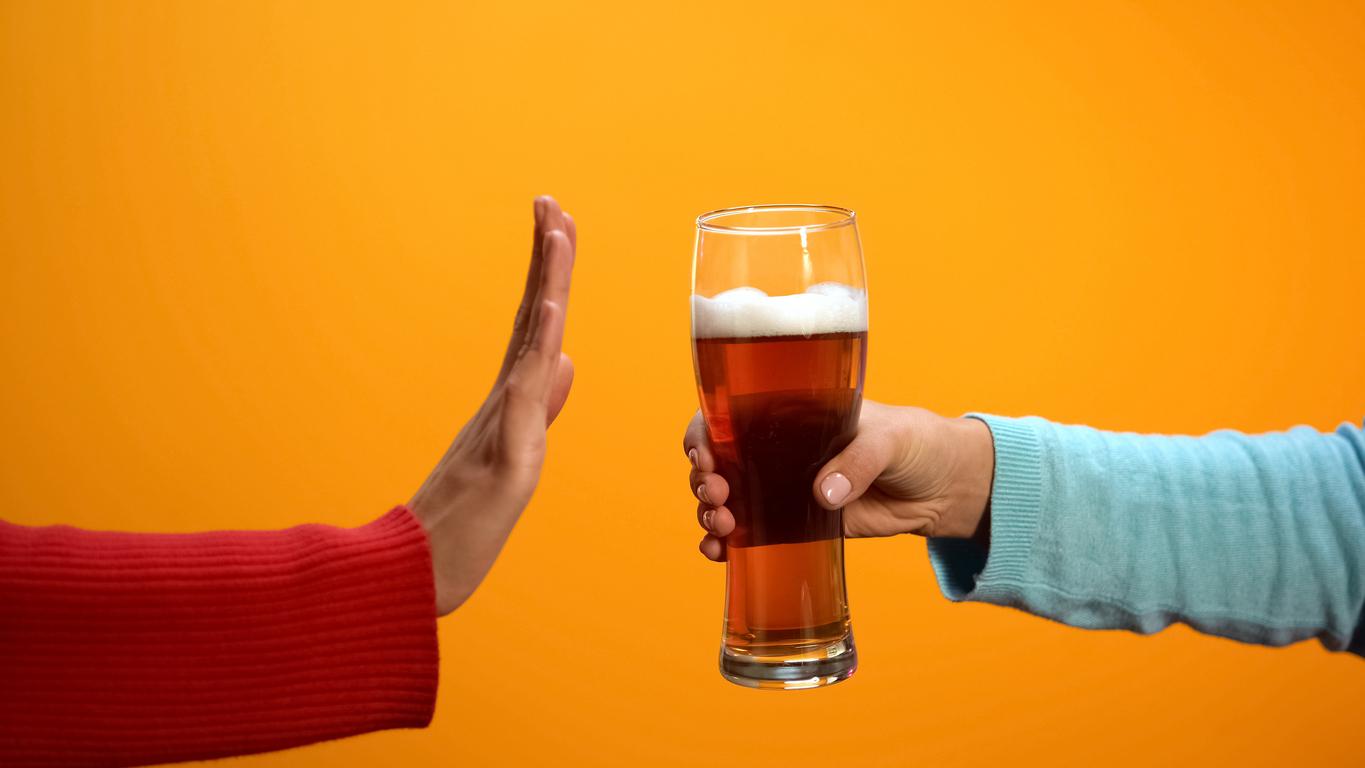To maintain fitness and health, what types of exercises should be done at 40 and over?

- According to ANSES, only 5% of adults have enough physical activity.
- Before resuming physical activity after the age of 40, it is essential to have a health check with your attending physician.
- According to the WHO, lack of physical activity is the fourth risk factor for premature mortality.
Sport is health. It protects against certain pathologies, is good for morale and maintains the muscles. Depending on the age, not all activities are good to practice. After 40 years, it is necessary to focus on endurance activities, which will improve cardiovascular function, while working on breath and flexibility.
“At this age, it is possible to maintain an effort longer but with less intensity than at 20 years oldnoted Vidal. The athlete must therefore choose a discipline that will involve endurance more than strength (for example long-distance or middle-distance running rather than sprinting).” According to the recommendations of ANSES, the ideal sports program multiplies the disciplines. You should do 30 minutes of cardiorespiratory activity, five times a week, such as walking or cycling, muscle strengthening once or twice a week, and flexibility exercises, two to three times a week.
Cardio exercises
“The probability of having a cardiovascular or cardiac accident increases markedly after age 50 in men and after age 60 in women.recalls theHealth Insurance. Sport is one of the means of prevention, easily accessible, and cardio activities are particularly suitable, because they strengthen the heart. It can be cycling, brisk walking or running. To increase the beneficial effects, these activities can be carried out in intervals: it is necessary to alternate intense phases and phases of rest, 30 seconds / 30 seconds or 1 minute / 1 minute for example. If you start running, you can alternate walking and running. Over the sessions, the cardiorespiratory ease increases, and the effort is easier.
Bodybuilding
With age, the risk of osteoporosis is also greater, especially for postmenopausal women. This skeletal disease weakens bone tissue and increases the risk of falling. To limit it, the practice of bodybuilding can help. “The objective of bodybuilding will therefore be to solicit the bones which have a high risk of fracture, that is to say: the wrist, the spine, the femoral neck.indicates thehealth medicine and sports wellness research institute. After a sufficient warm-up, you can lift weights, adapted to the level, but it is also possible to do push-ups or squats. Ideally, it is better to practice in a room to be well accompanied.
Relaxations
Another element to work on is flexibility. “Flexibility is specific to each joint and depends on a number of variables, including the laxity of certain ligaments and tendons, specifies theWorld Health Organization. Stretching exercises strengthen the joint’s ability to have its full range of motion.” Several disciplines can improve flexibility: yoga, stretching or even dance. At home, stretching regularly is already a way to gradually become more flexible.
Rules to follow
Whatever the preferred type of exercise, it is important to respect certain principles. First, any session must start with a warm-up of at least fifteen minutes, to prepare the body for the effort. Then, the training should end gently with a gradual cool-down and some stretching. At the same time, it is important to drink enough and respect rest periods to avoid injuries.


















